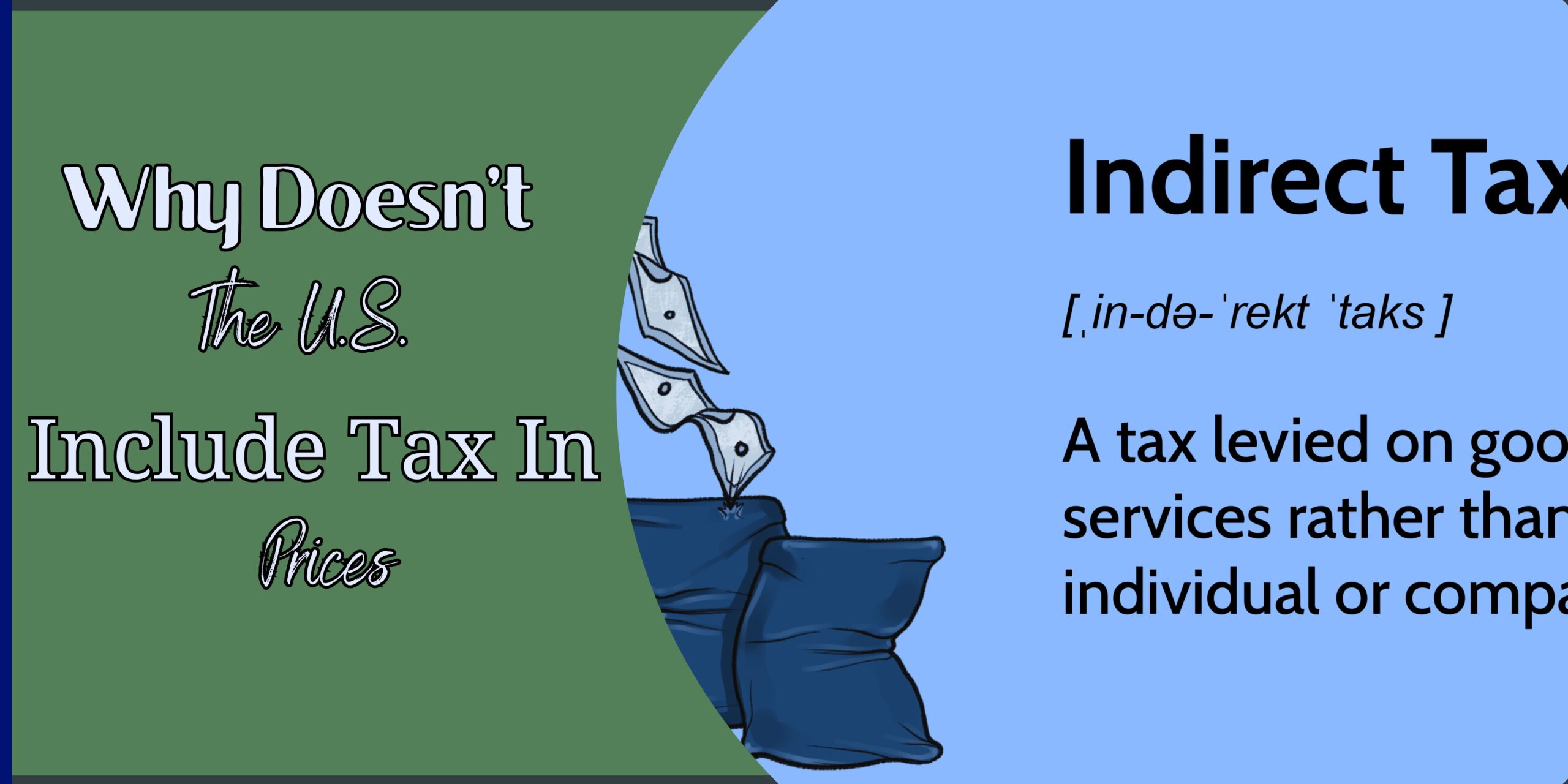In any given shopping experience, it is common for consumers to encounter prices that do not reflect the final amount they will pay at the register. This is due to the fact that in the United States, the sales tax is not included in the listed prices of goods and services.
While this may seem like a minor inconvenience, the omission of tax in prices has been a topic of debate and confusion among consumers. Here we will explore the reasons why doesn’t the U.S. include tax in prices. As well as the potential impact on consumers and businesses. Through a thorough analysis of the historical and economic factors contributing to this practice, we hope to shed light on this commonly misunderstood aspect of the U.S. retail industry.
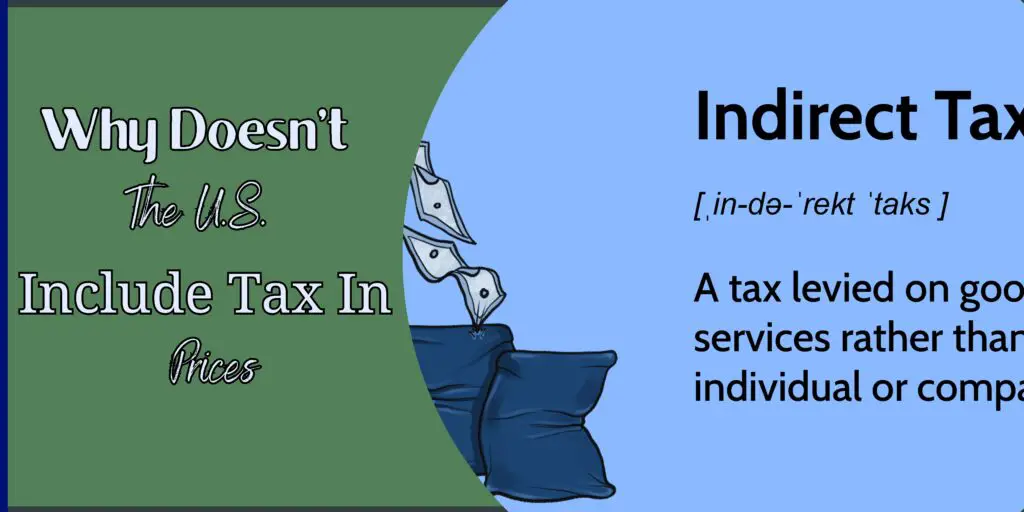
Understanding The Complicated U.S. Tax System
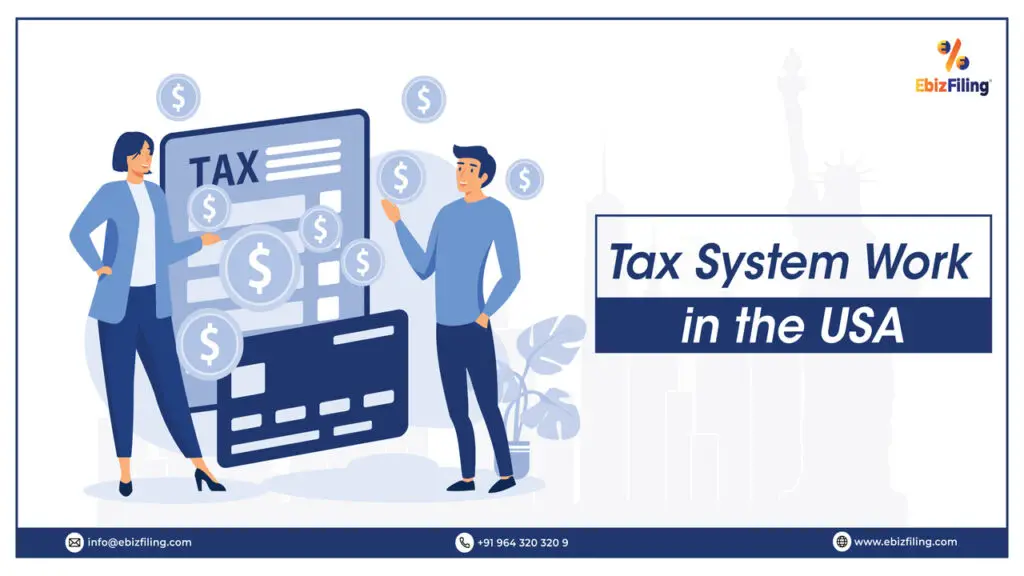
Many individuals find it difficult to understand the complicated U.S. tax system. There are different types of taxes, including income, sales, property, and more. Each of these taxes has rules and regulations that can make it overwhelming for taxpayers to navigate.
One of the biggest challenges of the U.S. tax system is the tax code’s complexity. The U.S. tax code is thousands of pages long and is constantly changing. This makes it difficult for taxpayers to keep up with the latest tax laws and regulations. Additionally, the tax code contains many loopholes and deductions that can be confusing and difficult to understand.
Another challenge of the U.S. tax system is the different tax brackets. The government places taxpayers into different tax brackets based on their income level, and each tax bracket has its own tax rate.
This can make it difficult for taxpayers to accurately calculate their tax liability, leading to confusion and frustration.
Despite these challenges, it is important for taxpayers to understand the U.S. tax system and comply with all tax laws and regulations. Many resources are available to help taxpayers navigate the tax code. Including tax preparation software, tax professionals, and the IRS website. By educating themselves on the tax system, taxpayers can ensure they pay the correct taxes and avoid any potential penalties or fines.
The History Of Sales Tax In The United States
Sales tax, a tax on goods and services sold to consumers, has a long history in the United States. In fact, the first sales tax in the U.S. was implemented in 1821 in Pennsylvania. Where it was levied on liquor, wine, and beer. Other states soon followed suit, with Massachusetts introducing a sales tax on retail sales in 1933.
However, it wasn’t until the mid-20th century that sales tax became more widespread. In the 1930s and 1940s, many states struggled to fund their budgets after the Great Depression and World War II. As a result, more and more states began to introduce sales tax as a way to generate revenue.
Today, all but five states in the U.S. have a sales tax, with rates ranging from less than 1% to over 9%. The seller typically collects sales tax at the point of sale. And the revenue generated is used to fund various government programs and services, from education to infrastructure to public safety.
Despite its widespread use, sales tax remains a somewhat controversial issue in the U.S. Many argue it is regressive. It disproportionately affects low-income individuals who must spend much of their income on basic necessities. However, others point out that sales tax is an important source of revenue for state and local governments and a more stable funding source than income tax. Which can fluctuate significantly from year to year.
Why Doesn’t The U.S. Include Tax In Prices – Psychology Of Pricing
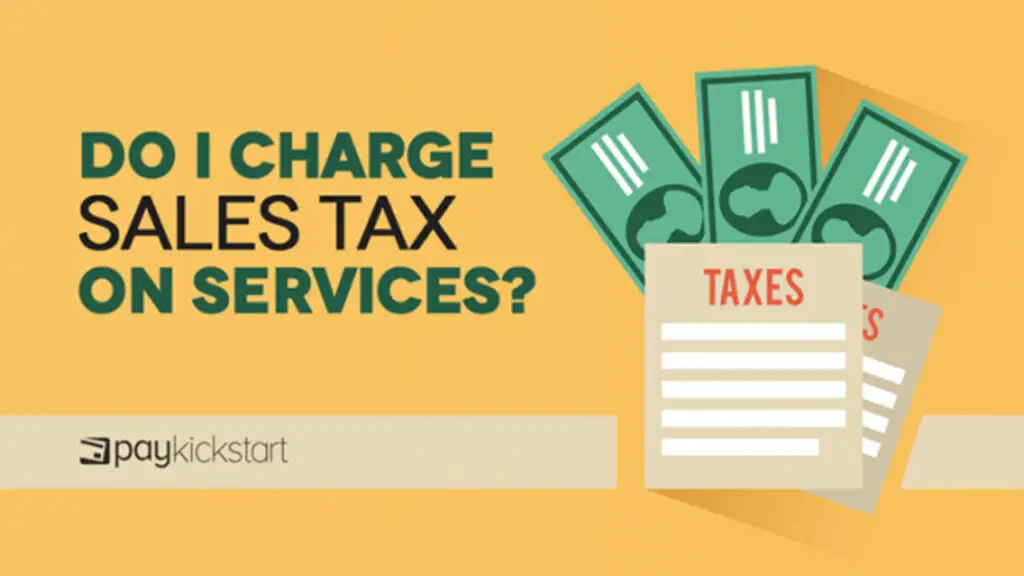
The U.S. does not include tax in the price of goods and services for several historical, economic, and political reasons. Unlike many countries with a national value-added tax (VAT) or goods and services tax (GST). The U.S. has a complex state and local sales tax system that varies by location and product category.
Including tax in the price would make it difficult for businesses to advertise and compete across different jurisdictions. Moreover, some Americans prefer to see the tax amount separately from the price to hold the government accountable for its spending. Here we explain why doesn’t the U.S. include tax in prices.
Historical Reasons
The U.S. does not include tax in the price because the country introduced sales taxes relatively late. Compared to income taxes and tariffs. Sales taxes emerged in the 1930s as a response to the Great Depression when state and local governments faced declining revenues and rising expenditures.
At that time, most businesses used cash registers that could not easily calculate and display taxes. So they added them at the end of the transaction. This practice became ingrained in the American retail culture and has persisted ever since.
Competition
Another reason the U.S. does not include tax in the price is that it allows businesses to compete more effectively in different markets. By displaying lower pre-tax prices, businesses can attract more customers and increase their sales volume. This is especially important for online retailers. Who can sell to customers across state lines and sometimes avoid collecting sales taxes?
However, this also creates an unfair advantage for online sellers over brick-and-mortar stores. Which must charge sales taxes regardless of where their customers are. People have debated this issue for years, leading to legal and legislative changes.
Convenience

A third reason why the U.S. does not include tax in the price is that it may be more convenient for some consumers and businesses. Seeing the tax amount separately from the price may help consumers budget their spending and track their tax payments.
For businesses, excluding tax from the price may simplify their accounting and reporting processes, as they do not have to adjust their prices for different tax rates and exemptions. However, this also means that consumers and businesses must deal with more complex calculations and receipts, which may increase errors and confusion.
Consumer Psychology
A fourth reason why the U.S. does not include tax in the price is that it may affect consumer psychology and behaviour. Research has shown that consumers focus on a product’s initial or advertised price rather than the final or total price after adding taxes and fees.
This is popular as the partitioned pricing effect. Which can increase consumer demand and satisfaction by creating a perception of lower prices and higher value. However. This effect can also backfire if consumers feel deceived or annoyed by the additional charges, reducing their trust and loyalty.
Arguments In Favour Of Including Tax In Prices
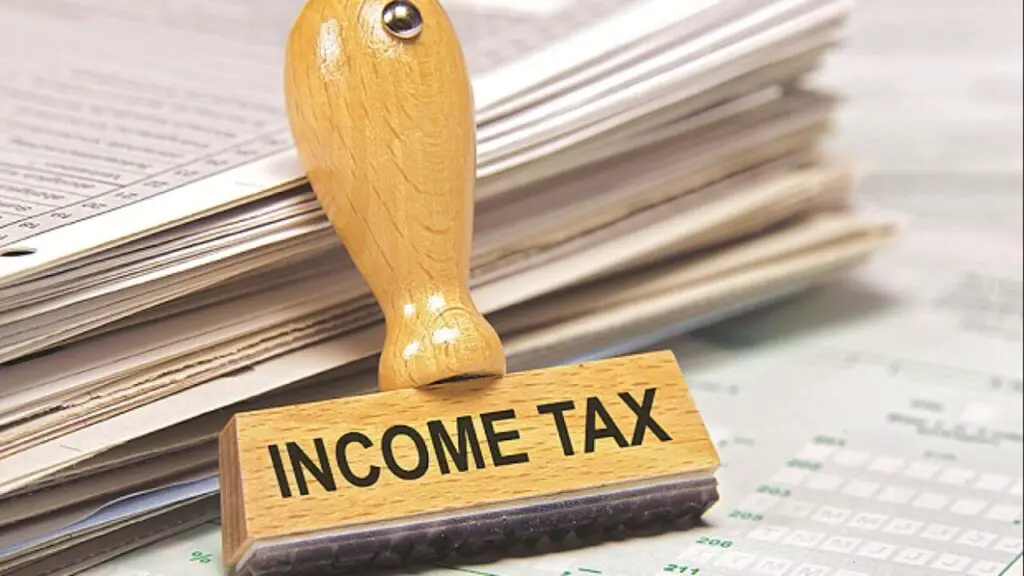
Transparency, Including tax in the price, would make it easier for consumers to compare prices across different sellers and locations without worrying about hidden or unexpected fees. It would also clarify how much tax they pay and where their money goes. Comparison shopping, Including tax on the price. It would enable consumers to make more informed decisions based on the true cost of goods and services.
It would also reduce the hassle of calculating taxes at the checkout or online shopping cart. Fairness, Including tax on the price, would level the playing field between online and offline retailers. Who currently face different tax obligations depending on where they operate and where their customers are located. It would also eliminate the advantage of sellers who use low pre-tax prices to lure customers but charge high taxes later.
Alternatives To The Current Sales Tax System
Value-added tax (VAT) or goods and services tax (GST) are consumption taxes applied at each stage of production and distribution of goods and services rather than at the final point of sale. They are usually included in the price of goods and services, making them more transparent and simple for consumers.
The flat tax is a type of income tax that applies a single rate to all income levels rather than a progressive rate that increases with income. It may simplify the tax system by eliminating deductions, exemptions, credits, and brackets. FairTax proposes replacing all federal income taxes with a national retail sales tax of 23% and a monthly rebate for low-income households. It may stimulate economic growth by encouraging saving and investment and abolishing the IRS.
The Argument Against Including Tax In Price
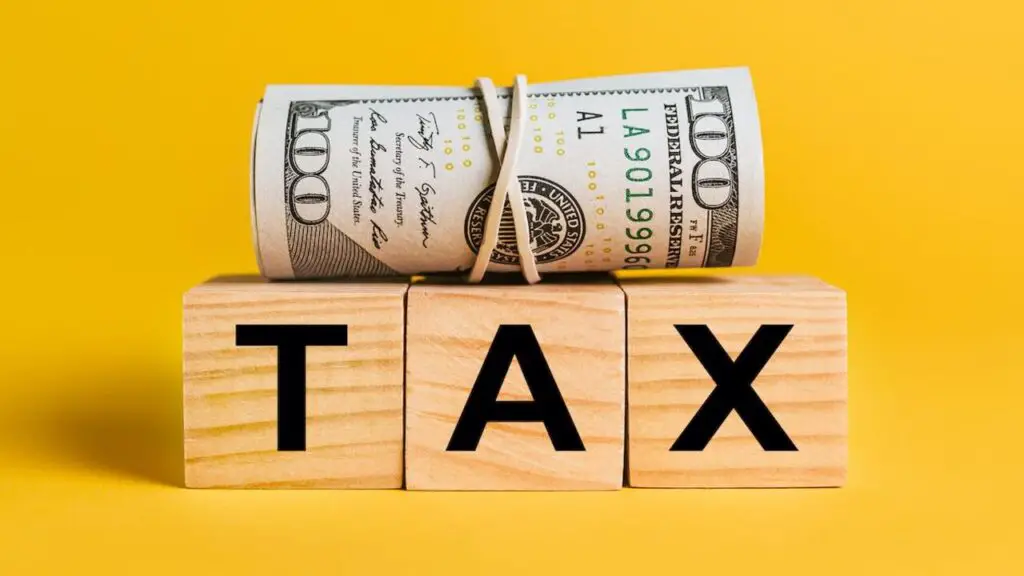
The argument against including tax in the price is that it would reduce the tax system’s competitiveness, flexibility, and autonomy. By including tax in the price, businesses must adjust their prices for different tax rates and exemptions across different jurisdictions. Which may increase their costs and complexity.
They would also lose the ability to use low pre-tax prices as a marketing strategy to attract customers and increase sales volume. Furthermore. Including tax in the price would make it harder for consumers to separate the price of goods and services from the tax component, which may reduce their awareness and sensitivity to taxes. It may also make it more difficult for them to budget their spending and track their tax payments.
Additionally, including tax in the price would limit the options and discretion of state and local governments to set their own tax policies according to their needs and preferences. It may also create resistance and resentment among consumers who may feel they are paying too much or too little tax compared to others.
Conclusion
Why doesn’t the U.S. include tax in prices has been discussed for many years? While some argue that it would simplify the purchasing process for consumers. Others believe it would be too complicated to implement nationally. However, it is important to recognize that including price taxes would provide more specificity and transparency for consumers.
It would allow them to make more informed purchasing decisions and avoid the surprise of unexpected taxes at the register. Moreover, it would lead to a more accurate representation of the true cost of goods and services, which could ultimately result in a more successful economy. While implementing such a system may prove challenging, the potential benefits of increased transparency and accuracy cannot be ignored.
FAQ’s:
1.How Do I Know The Final Price When Shopping In The U.S.?
Ans: You must add the applicable sales tax to the displayed price to calculate the final price. The sales tax rate can vary depending on your location and the type of goods or services you’re purchasing.
2.Are There Any Advantages To Not Including Tax In Prices?
Ans: One advantage is that businesses can maintain consistent pricing across different locations. It also allows consumers to see the base price of the product or service without being influenced by varying tax rates.
3.Why Do Some Other Countries Include Tax In Prices?
Ans: Some countries include tax in prices to simplify transactions for customers and provide transparency. They have standardized tax rates nationwide, making it easier to include taxes in the displayed prices.
4.Can Tourists Get A Tax Refund On Purchases In The U.S.?
Ans: Yes, tourists from outside the U.S. can get a tax refund on eligible purchases made during their visit in some states. This refund process is often managed through tax refund agencies at certain airports.
5.Are All Products And Services Subject To Sales Tax?
Ans: Sales tax applies to most goods and services, but exemptions may vary by state. Some regions may exempt common items like groceries and prescription drugs or tax them at a lower rate.
